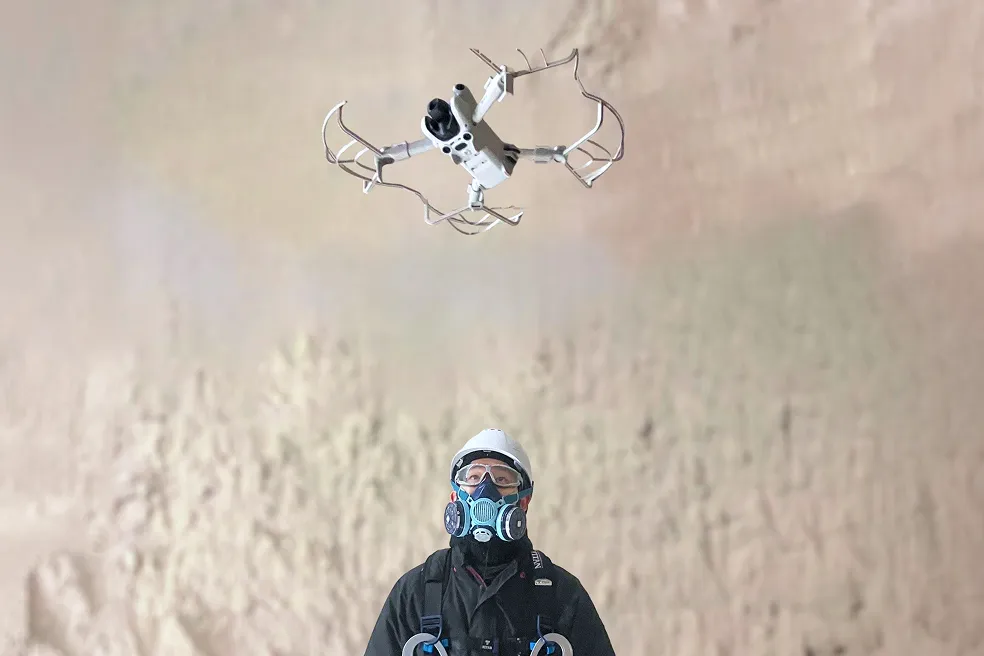案例
Transforming Refractory Inspections in Incinerators with Drones and 3D Modeling
- 焚烧炉领域
- DX
- Service

- 产品
-
A new service for inspecting refractories inside incinerators using small drones and 3D modeling
- 问题和需求
-
Ensuring safety in high places and dusty environments, along with the high costs and time required for scaffold installation. When scaffolding is not installed, inspection accuracy becomes an issue.
- 解决方案
-
Utilize drones to capture images inside the incinerator and create a 3D model. Enables highly accurate and safe inspections without the need for scaffolding. Customers can also operate the drones themselves.
- 成果・提供価値
-
Eliminates the need for scaffolding, reducing costs and time. Improves safety, and by accumulating data, offers optimal repair plans.
Issue
问题和需求
Ensuring safety in high places and dusty environments, along with the high costs and time required for scaffold installation. When scaffolding is not installed, inspection accuracy becomes an issue.
Inspection of refractories inside incinerators involves work at height and in environments with airborne dust, making safety assurance a major challenge.
In addition, temporary scaffolding installation requires significant expenses and time, and there are cases where installation is skipped due to these constraints.
In such cases, inspectors have to visually check, and especially when inspecting the upper part of the incinerator, inspections must be done by looking upward, making it difficult to accurately identify the condition and location of refractory damage or deposits, which carries the risk of errors in repair planning
Solution
解决方案
Utilize drones to capture images inside the incinerator and create a 3D model. Enables highly accurate and safe inspections without the need for scaffolding. Customers can also operate the drones themselves.
We utilize small drones equipped with high-resolution cameras to capture the condition inside incinerators.
Based on the captured video data, we create a 3D model of the interior, allowing detailed measurements of cracks, deposits, and peeling conditions.
Using this information, we prepare and provide inspection reports for refractories.
Since there is no need to install temporary scaffolding, inspections can be significantly shortened while ensuring safety.
Additionally, because we use commercially available drones, not only our staff but also our customers can operate the drones themselves.
This expands options for emergency response, preventive maintenance, and cost reduction.
Value
成果・提供価値
Eliminates the need for scaffolding, reducing costs and time. Improves safety, and by accumulating data, offers optimal repair plans.
By using this technology, it is now possible to efficiently and accurately understand the condition of refractory damage and the position of deposits inside the incinerator without installing temporary scaffolding.
This improves the safety and convenience of inspection work and delivers significant time and cost savings.
In the future, we plan to develop technologies that completely eliminate the need for inside-the-incinerator work, while accumulating time-series data on our customers’ incinerators,and we will propose optimal refractory selection and repair plans that balance safety and efficiency.
By combining new technology with the specialized expertise unique to a refractory manufacturer, we contribute to improving our customers’ working environment.
